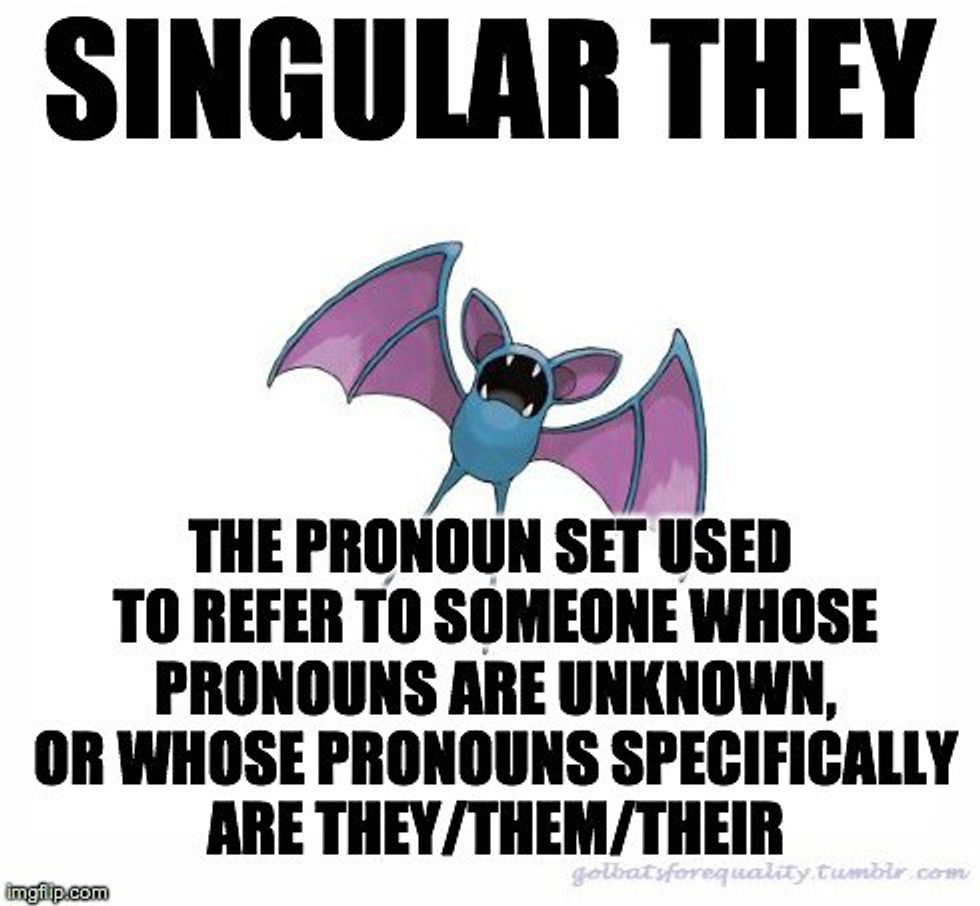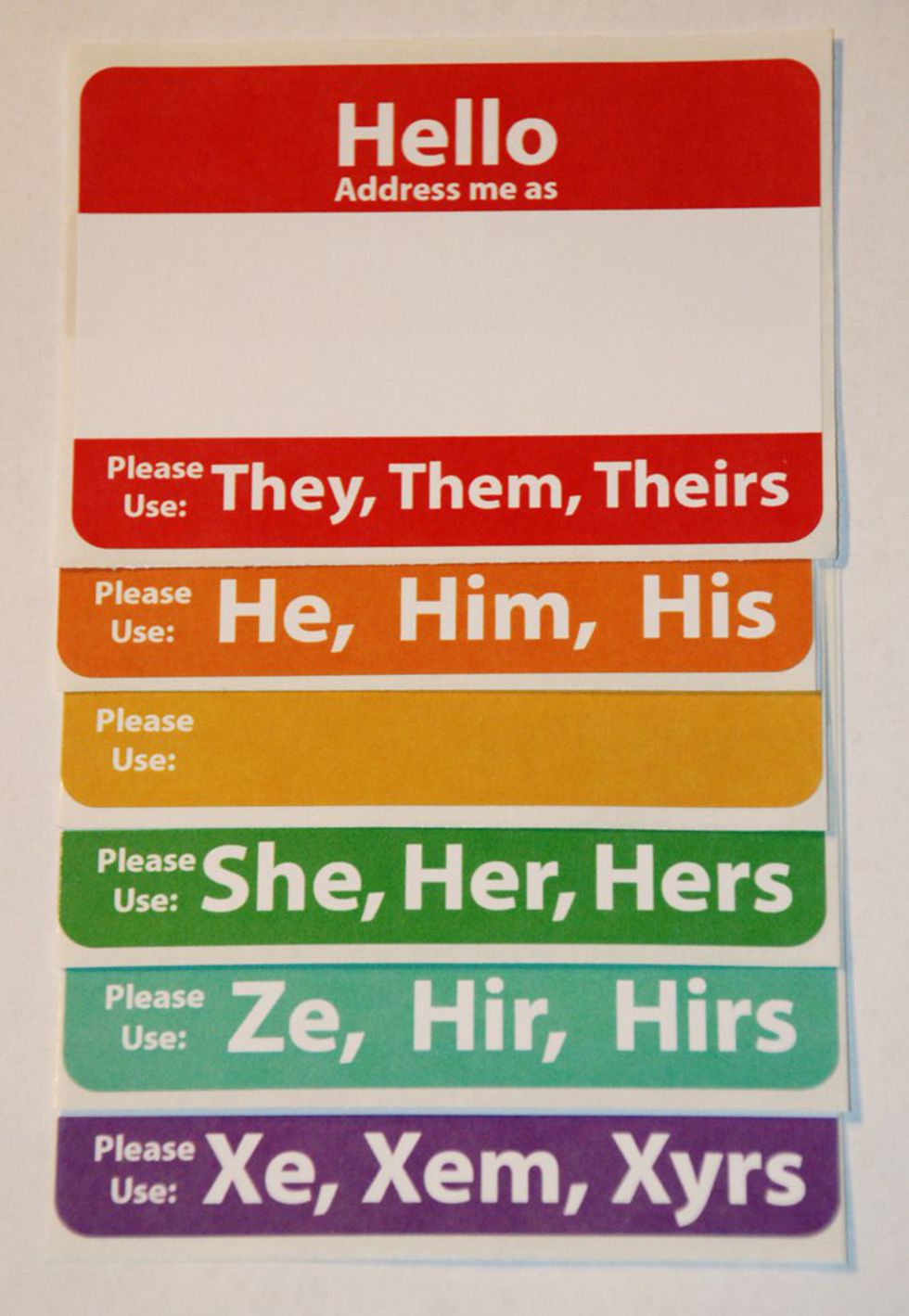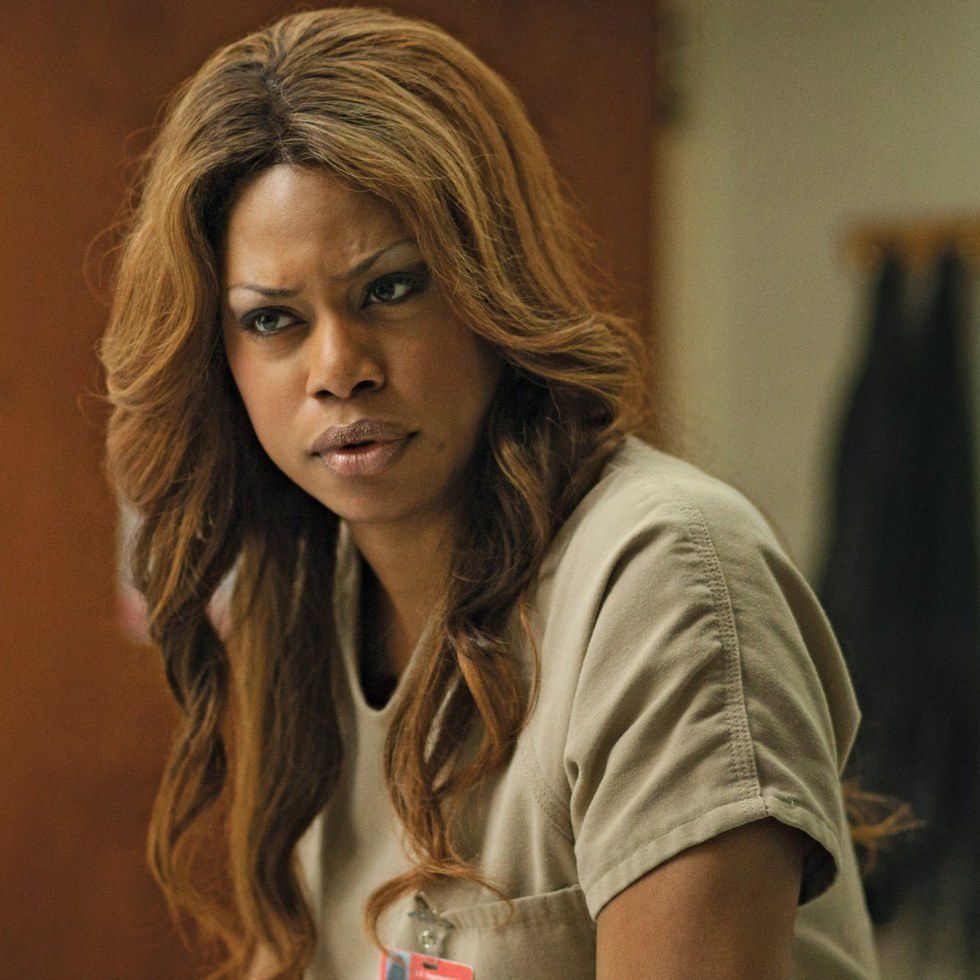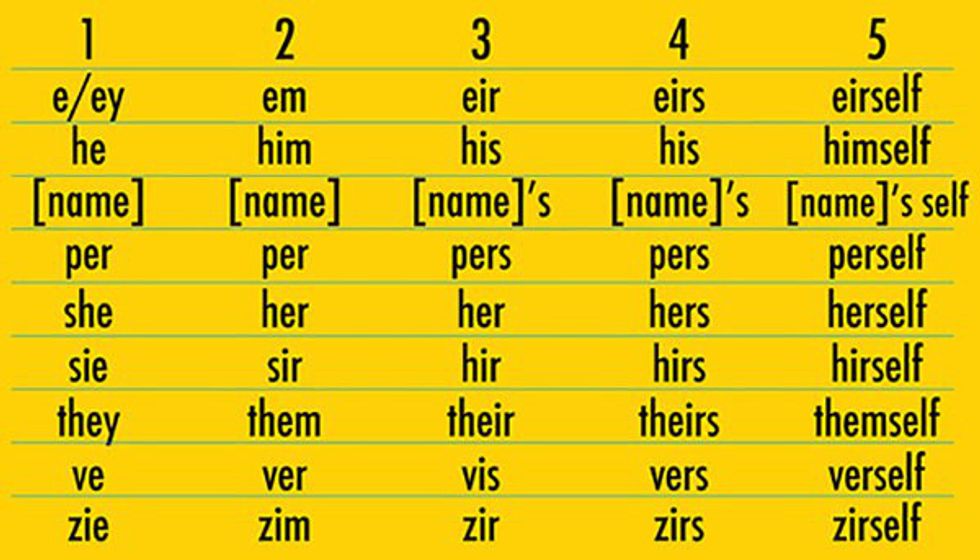Can you imagine the shock and horror of running out of something as essential as water? For millions of Californians, that was close to becoming a reality. That was until this winter when millions of gallons of water rained upon the state. A respite to the multiyear drought that has gripped the state since 2011, rain brought with it both the tangible relief to farmers and firefighters as well as the psychological relief that only rainfall can bring.
While such a drought may have been dramatic and life-altering for many comfort-driven suburbanites, rural farmers and those who rely on the watershed for their livelihoods, it has had lasting positive impacts. In 2015, ten thousand people lost their jobs due to direct drought causes, and the state economy lost 1.8 billion dollars in a loss of agricultural productivity. A drought can bring destruction, yet through loss, we as a state and as a people learn and grow.
1. The Drought Wasn’t Permanent
If I had dared to write this article a year ago, I would have been slapped in the face, how dare I suggest that the drought has been beneficial? But, over the past few months of rain, we see that hindsight is 20/20 and that the worst of the drought is behind us. Los Angeles, the driest metropolis in California, has itself seen recently unprecedented rainfall (216 percent of normal) over the past four months alone. Los Angeles, however, is hardly an outlier, the San Francisco Bay Area, as well as the Sierra Nevada snowpacks, have been doused in precipitation in recent months, as records continue to be surpassed throughout much of the state.
2. We Learned to Appreciate What We Have
When living in excess we oftentimes forget to value what we have. California itself has a culture of defying nature as old as the Gold Rush. Developed throughout the industrial booms of the 20th century, massive reservoirs were spread meticulously throughout the state, supplying a constant water flow from the normally wet Sierra Nevada and Coastal mountain ranges to the dry and arid Central Valley and Los Angeles basin through lengthy viaducts, tunnels and channels. Cities and farms in California are reliant upon these manmade structures to capture and distribute their water. Without consistent, expected rain falling in exactly the right places, this manmade system would (and does) fall apart. We are grateful for what we do have, our water infrastructure, and for the rainfall in our wetter years.
3. We Learned that We Can’t Beat Nature
While defying nature through technology and engineering may sound cool, it actually poses a huge problem for people in California and throughout the country. California’s Central Valley only represents about one percent of U.S. farmland yet it produces about one-quarter of all American consumed food (per USGS). When water does not reach the Central Valley, the entire nation feels repercussions through price rises and potential scarcity. Is this wise, to farm so intensely in California when clearly it is a region susceptible to drought? For the hundreds of thousands of farmers who rely on the state’s water resources for their livelihoods and the millions living in the desert turned metropolis of Los Angeles, wisdom is secondary to livelihood. We may be able to outsmart nature for a moment, but the consequences of constructing a false reality will catch up with us. While there is no way to erase Los Angeles or the Central Valley off the map and place them in a more water-rich area (a la Louisiana), we are reminded to choose sustainable projects for the future and to humbly accept nature's unpredictable nature.
4. It Is Always Wise to Conserve
In times of plenty, we must save and plan for those of drought. When rain does fall, is the system we have constructed best equipped to handle the rainfall? Is there waste? These are the questions that politicians and leaders have to ask themselves in times of crisis. California’s governor, Jerry Brown, established a state of emergency in 2014 regarding the drought, curbing usage and detailing a course of action. While all Californians were asked to conserve 20 percent of their water usage, extra rules and regulations went into effect regarding the water of lawns as well as washing one’s car on their driveway, all to mitigate waste and slow the loss of water.
To make an end to the points previous, when we conserve the resources that we do have, we protect our futures. While taking a car to a car wash instead of washing one’s own in a driveway may be more individually expensive and cumbersome, the water saved by every Californian conserving alleviates the effects of drought on all. We may not be able to change our circumstances, but together we can conserve a little so that every one of us would benefit.
5. We've Now Witnessed Climate Change
There is little more frightening than realizing the tangible and immediate impacts of climate change. A study from 2012 to 2014 for the journal Geophysical Research Letters concluded that global warming, specifically that caused by human activity, increased the intensity of the California drought by 15 to 20 percent. That’s insane! Just a slight uptick in drought intensity could very well have been the deciding factor in wildfires, storms, and in terms of economics, agricultural productivity. We intensified the drought, and while the drought may well have occurred regardless of global warming, its impact has certainly been exacerbated by people.
We need to band together now more than ever to fight climate change. The intensity of the Californian drought is the most tangible evidence for such changes happening on our planet. Not only is our planet suffering, but so are the farmers who till their fields and the families who live in drought-prone regions. Addressing climate change as a tangible, discernible problem with effects that impact humanity must be our modus operands going forward. Drought has been a stark reminder that without care for our environment, we may indeed have a bleak future ahead.

























